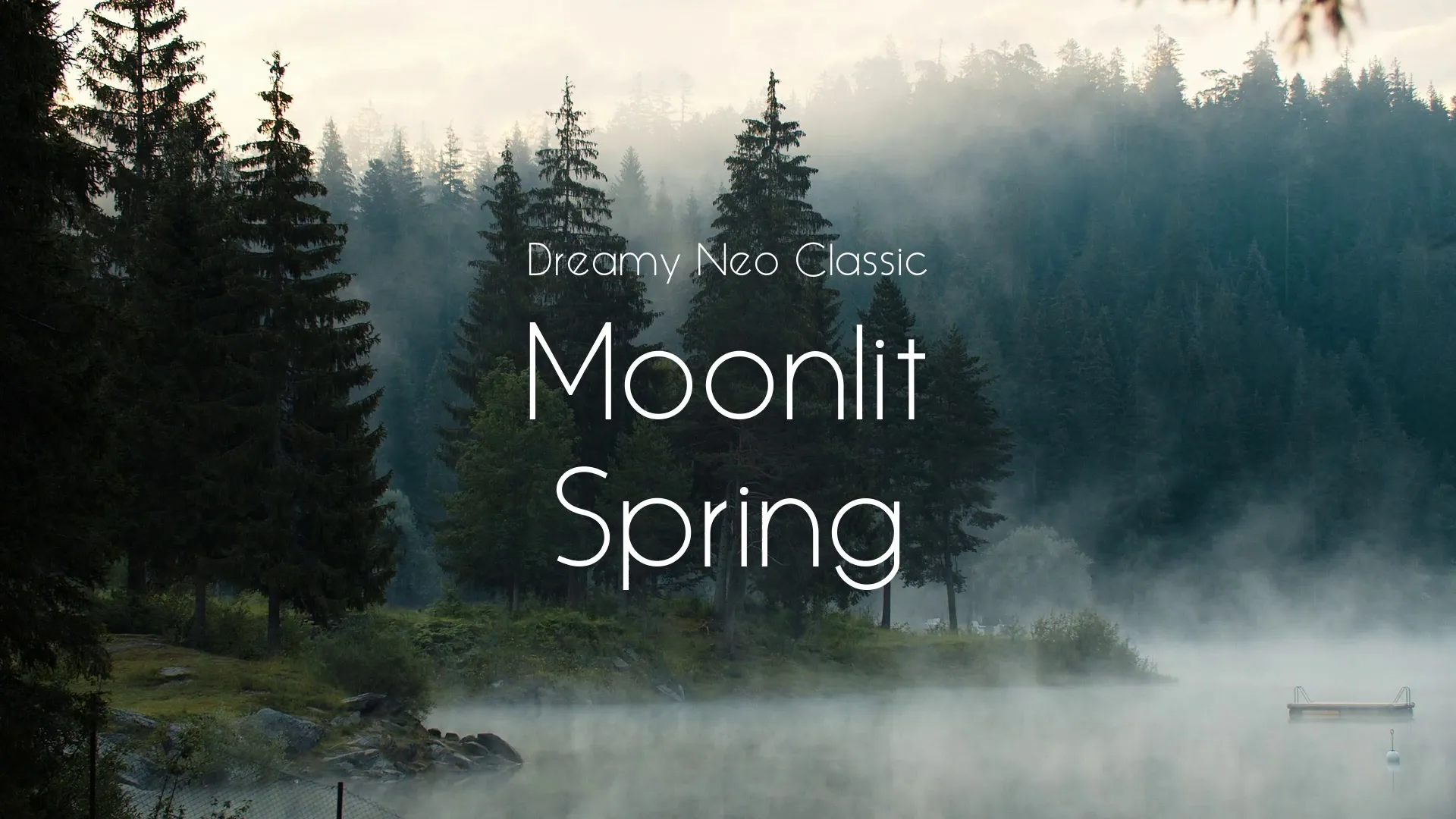Narrative Design for Games: Crafting Immersive Stories & Concepts
Narrative design for games is more than just writing a story; it is about constructing an experience. It involves weaving plot, characters, and world-building seamlessly with gameplay mechanics. A strong narrative can elevate a game from good to unforgettable, especially for indie developers.This guide focuses on how to design a video game concept that truly captivates players from the outset.
The Foundation of Immersive Narrative Design
Effective narrative design begins before a single line of code is written. It starts with a core concept that defines the game’s identity. This initial vision should encompass the world, the protagonist’s journey, and the central conflict. Consider what emotional impact you want to achieve and how the narrative will support it.
Developing Your Game Concept
Indie game concept development thrives on clarity and originality. Start by defining your game’s high-level premise, asking what makes your story unique. Think about your target audience and the themes you wish to explore within your narrative. For brainstorming game ideas, tools like Ignite can provide a starting point, offering fresh perspectives when you feel stuck.
Crafting a Compelling World and Characters
An immersive story needs a believable world and relatable characters. Detail your world’s history, culture, and rules, ensuring consistency. Develop character backstories, motivations, and arcs that resonate with players. These elements provide depth and make players invested in the narrative’s outcome.
Integrating Narrative with Gameplay Mechanics
Creative game mechanics brainstorming is crucial for a cohesive narrative. Mechanics should not just facilitate gameplay; they should advance the story and reinforce its themes. For instance, a mechanic requiring players to make difficult moral choices directly impacts a narrative focused on ethics.
Consider how player actions and choices will influence the narrative’s progression. Branching narratives or emergent storytelling can provide players with agency. This integration ensures that gameplay feels meaningful and contributes to the overall story.
Structuring Your Narrative: Pacing and Flow
Effective narrative design demands careful attention to pacing. The story should unfold at a rate that maintains player engagement without feeling rushed or drawn out. Vary the intensity of events, alternating between moments of tension, exploration, and resolution.
Think about how information is revealed to the player. Gradual exposition, environmental storytelling, and character dialogue can all be used to enhance the narrative’s flow. A well-paced story keeps players invested from beginning to end.
Create a free account, or log in.
Gain access to free articles, game development tools, and game assets.















.webp)







